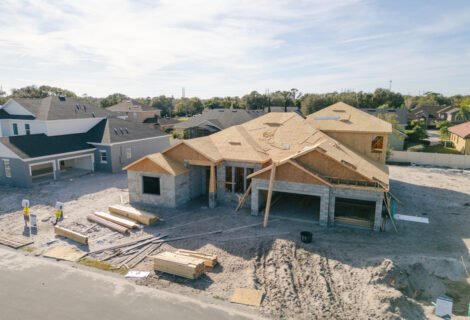How to Create a Budget for Your Next Fix and Flip Project
Fix and flip projects can be an incredibly lucrative venture, but without a proper budget in place from the outset, they come with a hefty risk. A well-thought-out and executed budget is essential for any successful fix-and-flip project. It will help you to save money by avoiding unnecessary costs, keep your project on track, and ensure that you make a healthy profit when the time comes to sell.
Work out the Details
The first step when creating a budget for a fix-and-flip project is to identify the total cost of all materials, supplies, and labor. This includes everything from flooring, countertops, appliances, and furniture to plumbing, electrical work, and painting. When obtaining quotes for materials or services, do not be afraid to shop around and compare prices from different suppliers and contractors. Be sure to factor in any applicable taxes that may be added to the cost of materials or labor.
Create Cost Categories
Once you have established an overall budget for all necessary materials, supplies, and labor, it’s time to break down the costs into categories. You should create separate line items for each type of expense — such as flooring, countertops, or painting — and add up the total cost for each. This will give you a clearer understanding of how much money you need to allocate to each area of your project.
Leave a Financial Buffer
When setting your budget, it’s important to leave yourself some wiggle room in case unexpected costs arise during the renovation process. Depending on the condition of the property, you may encounter additional issues that require repairs or replacements, and these should be factored into your budget.
Account for Possible Delays
Also, keep in mind that most fix and flip projects will not be completed within a couple of weeks as many people expect. It’s important to plan for delays and account for any potential losses in profits due to an extended timeline.
Include Your Selling Price
Finally, be sure to factor in the cost of selling your property once it’s complete. This includes any realtor fees, closing costs, and other associated expenses that come with putting a home on the market. Leading Edge Commercial Capital provides financing specifically designed for property flippers. Contact our offices today to get the funding you need.





